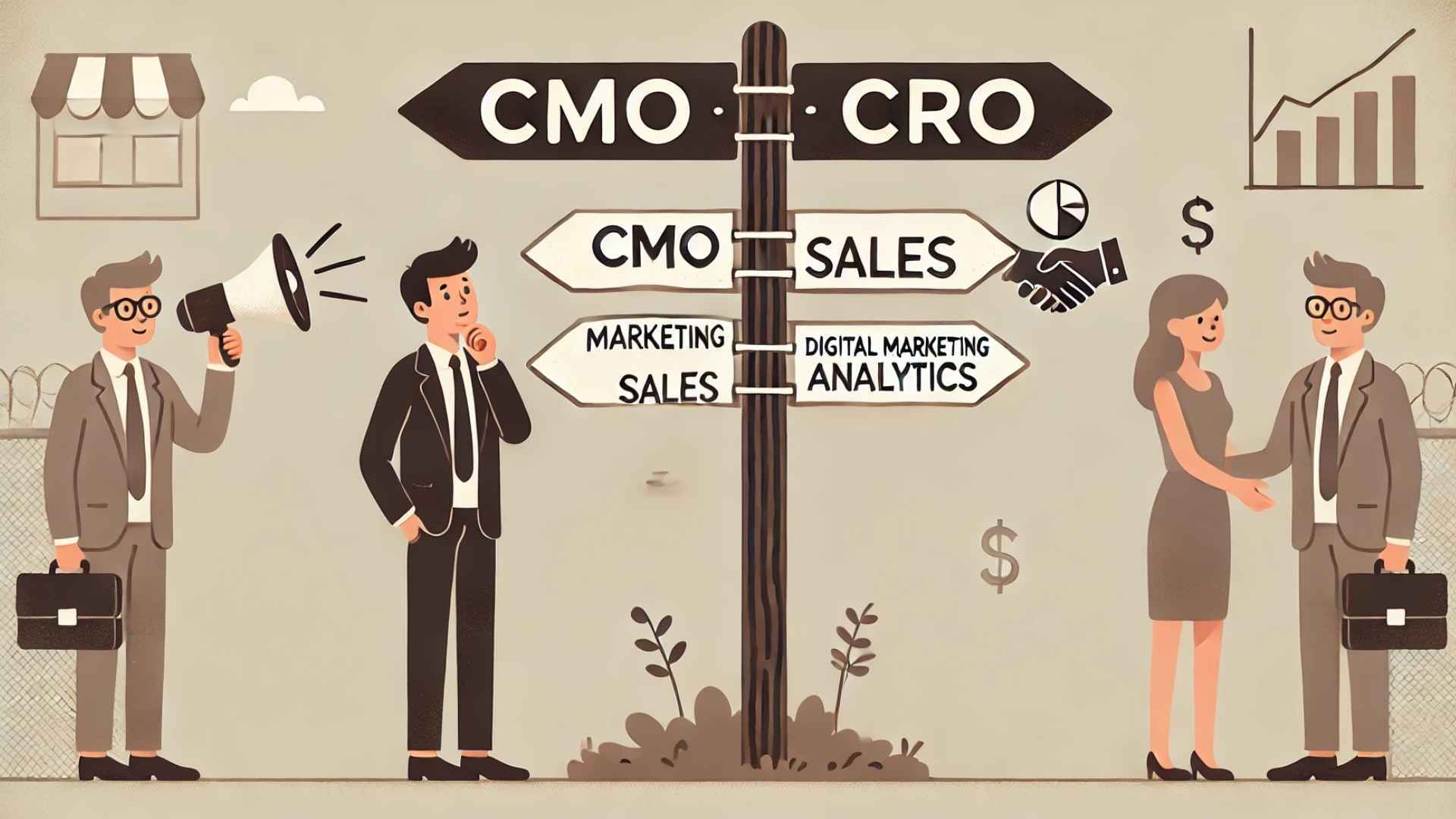
In today's fast-paced business landscape, marketing has become the cornerstone of a successful Go-To-Market strategy. This is evident in the growing trend of Chief Marketing Officers transitioning to Chief Revenue Officers, as seen with leaders like Andrea Kayal and Amanda Malko.
But why is this shift happening?
Marketing the Secret Sauce of GTM
The answer is simple: Capturing attention and generating demand is far more challenging than converting that demand into revenue. Marketing plays a critical role in the first part of this process, while sales handles the second. Both are essential, but the ability to break through the noise in a crowded, AI-driven market requires a uniquely skilled CMO.
The Evolving Role of the CMO
In a world overflowing with information, where AI-generated content is commonplace, the role of a CMO has expanded significantly. Today’s great CMOs need to possess a broad and diverse set of skills and tools to excel. Here’s what’s required:
-
Market Positioning: CMOs must develop a clear understanding of where the product is situated in the market and craft a compelling position.
-
Refining the Ideal Customer Profile (ICP): To ensure long-term retention, CMOs must work to refine the ICP, making sure that marketing efforts are laser-focused on the right audience.
-
Authentic Messaging: In a noisy world, creating authentic messaging that resonates with the ICP is crucial for gaining attention and interest.
-
Long-Term Brand Building: CMOs need to build a brand that provides value beyond transactions, focusing on long-term relationships even as the sales team pushes for immediate pipeline growth.
-
Strategic Partnerships: Developing “better together” partnerships with key players in the ecosystem is essential, while carefully navigating competitive pressures.
-
Creating Transformational Experiences: CMOs must craft in-person events and experiences that leave a lasting impact and deepen customer engagement.
-
Demand Generation & Analytics: A deep analytical understanding of demand generation channels is vital. CMOs need to allocate capital effectively, doubling down on winning strategies and cutting losses, all while maintaining a culture of experimentation.
And that’s just the beginning.
Start thinking like a CRO
The transition from CMO to CRO is more than a title change—it's a shift in mindset and approach. As a CMO, your focus is often on generating demand and building brand awareness. However, stepping into a CRO role requires a broader perspective, encompassing the entire revenue cycle from lead generation to customer retention.
To think like a CRO, you need to immerse yourself in every aspect of revenue generation:
-
Sales Strategy: Understand sales processes and how marketing can support sales teams in closing deals. This includes aligning on shared KPIs that measure revenue impact, such as customer acquisition cost (CAC) and customer lifetime value (CLTV).
-
Customer Success: Prioritize post-sale relationships to ensure ongoing customer value, leading to renewals and upsells. Close collaboration with customer success teams is essential.
-
Data-Driven Decisions: Embrace a data-driven approach to decision-making. Proficiency in revenue forecasting and pipeline management is crucial for optimizing operations and aligning all teams toward revenue goals.
-
Cross-Functional Leadership: Cultivate strong leadership and foster collaboration across marketing, sales, and customer success. Clear communication of the company’s revenue strategy is key to ensuring alignment.
By broadening your focus and embracing these new responsibilities, you position yourself to drive significant impact across the entire customer journey, making the transition to CRO a logical and rewarding next step in your career.
Business Hub